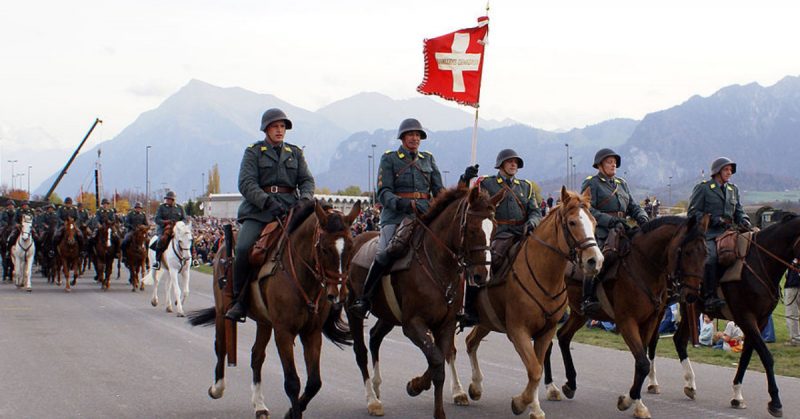Though the Germans and Italians had a detailed plan to invade Switzerland, the plan was never enacted and Operation Tannenbaum was canceled.
Switzerland, a small and beautiful country situated within the Alps has been in a state of perpetual neutrality since the major European powers decided so during the 1815 Congress of Vienna which concluded the Napoleonic Wars. Switzerland has used its state of neutrality to remain withdrawn from warfare for a long time.
But how did Switzerland manage to remain neutral even with the Second World War erupting around it?
To keep the country safe from the Allies and Axis powers, the Swiss used a strategy called “armed neutrality,” requiring maintaining a sizable army to isolate itself within the country’s frontiers and allowing it to defend against foreign incursion.
Yet the country was not been entirely without military activity during the Second World War. Shortly after the start of the war, the Swiss government mobilized its entire army in just three days. Over 430,000 combat troops and 210,000 in support troops, including 12,000 women, were mobilized.
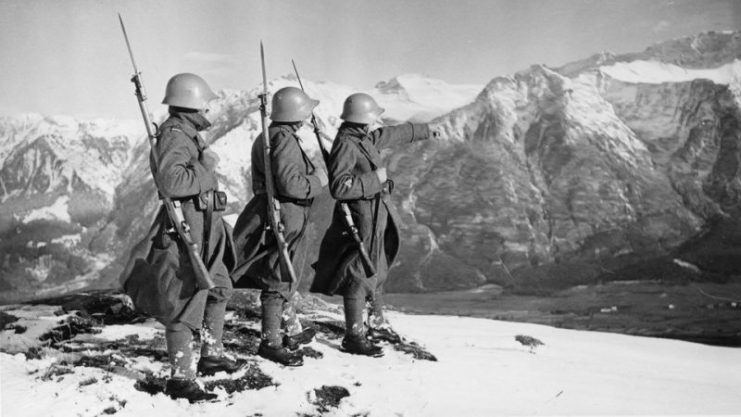
Though the Germans and Italians had a detailed plan to invade Switzerland, the plan was never enacted and Operation Tannenbaum was canceled.
The Swiss transformed its strategy from defending all its borders to concentrating its forces between the Alps, a plan called National Redoubt. The plan worked on the basis that the Swiss army would give up control of the populated central areas and direct its focus to the main transportation links.
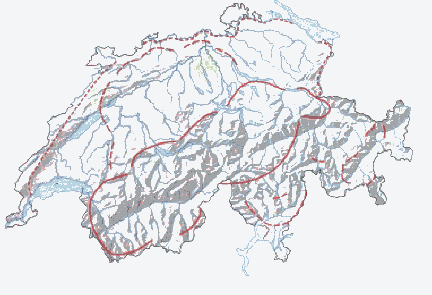
Despite the high mobilization of its forces, Switzerland served as an espionage camp for both sides. In 1942, the United States even established the Office of Strategic Services in the city of Bern. The Office helped develop tactical plans for Allied invasions of Salerno in Italy and the islands of Corsica and Sardinia.
Though the country was in a neutral state and refused to negotiate its neutrality, both the Allies and Axis powers violated Switzerland’s territorial integrity during the war.
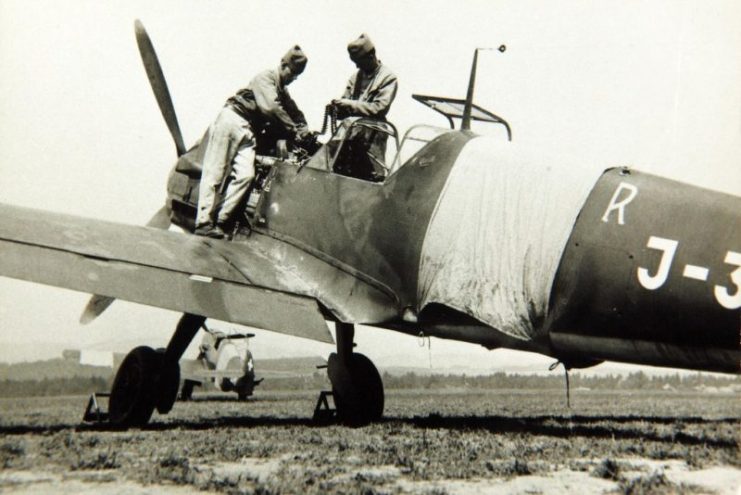
For instance, during the German invasion of France, Switzerland’s airspace was violated more than 190 times. Some incidents occurred when the Swiss attempted to shoot down at least a dozen Luftwaffe aircraft between May 10 and June 17, 1940.
Switzerland used a smart strategy where they would force German aircraft to land on Swiss airfields after potential airspace violations. This continued even after Hitler warned them against interfering with his troops.
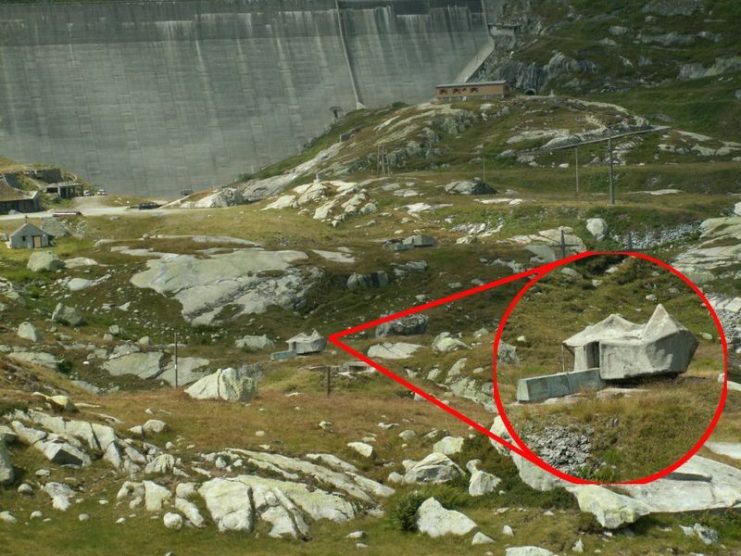
Meanwhile, Hermann Göring, the Luftwaffe commander, sent saboteurs to destroy the Swiss airfields, but they were captured before they could cause any damage.
Similar incidents occurred when Allied forces broke the Swiss air perimeter, with a total of 36 American and British airmen killed while flying over Swiss territory.
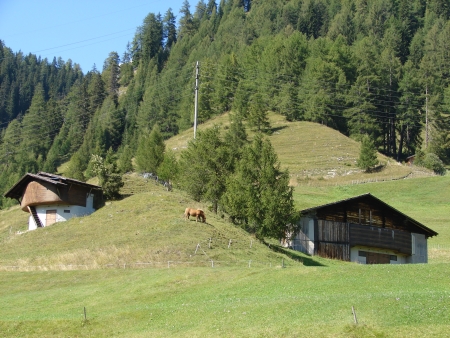
On October 1, 1942, the first American bomber was shot down by the Swiss. Only three of the crew survived. Moreover, many Allied troops that were captured by the Swiss were interned, while over a hundred Allied aircraft were held within Switzerland until the end of the war. Only 940 American attempted to escape into France.
In 1944, a United States representative claimed that the airspace breaches were likely due to navigational errors during bombing raids over Berlin.
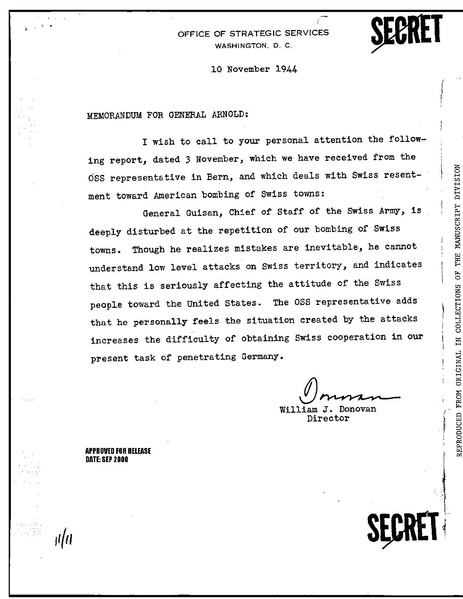
In addition, the Swiss actively maintained its trade links with Germany to prevent it from invading the small country. On April 1, 1944 this led to an Allied bombing of the town of Schaffhausen, killing 40 people and destroying over 50 buildings, including some factories producing parts to be exported to Germany.
The allies claimed the attack was a mistake, clarifying that they intended to attack the town of Ludwigshafen am Rhein, 176 miles (284 km) away. Nonetheless, the attack prompted the Swiss to switch to a zero tolerance policy for any airspace violations and authorized attacks against American aircraft.
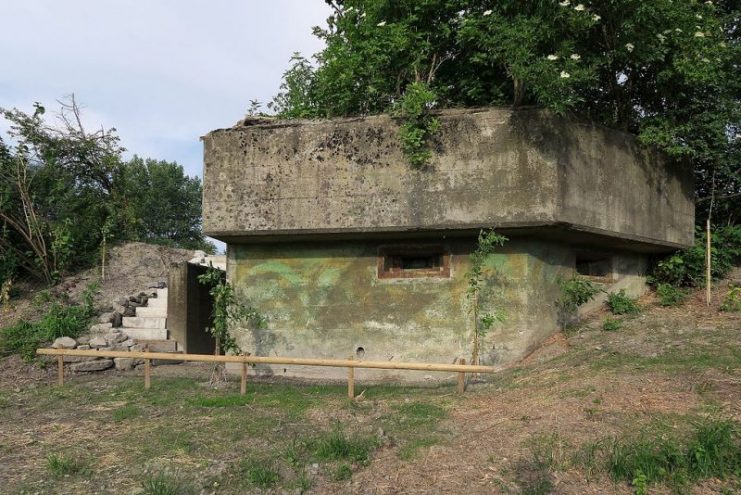
Despite both the Axis and Allied powers pressuring Switzerland to not trade with the other side, Switzerland continued trading with Germany to dissuade them from invading. In the meantime, Switzerland grew wealthier, with 1.3 billion francs worth of gold being sold to Switzerland by the German Reichsbank in exchange for Swiss francs.
By mobilizing its army, maintaining a strict neutrality policy, actively defending against foreign trespasses, and trading with Germany, the Swiss were able to escape the devastation that the Second World War brought to much of the European continent.
